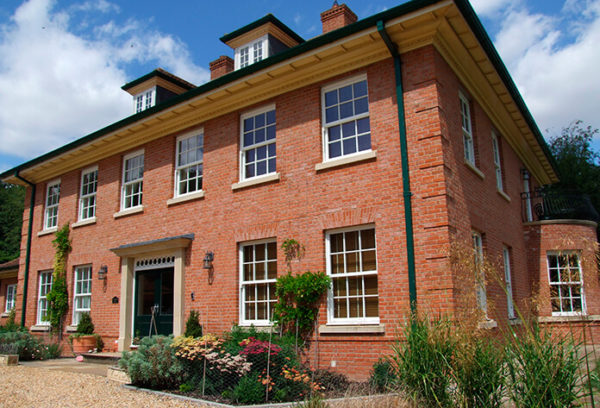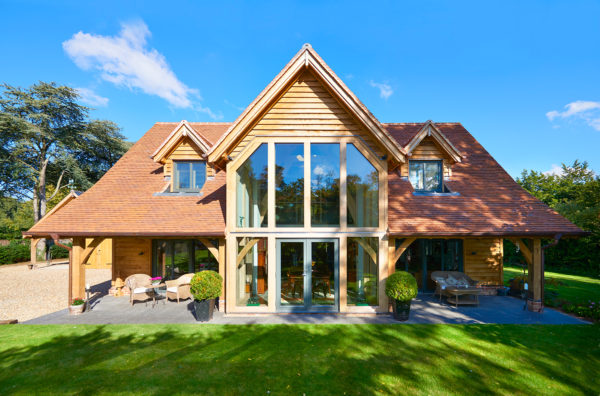New straightforward routes to self build a bespoke home
Traditionally, if you wanted to create your own house, you first needed to find a good plot of
land, commission a bespoke design, work out how to get services to the site, seek planning permission and secure Building Regulations approval.
Getting to this stage involves a lot of time, effort and expenditure – and that’s before you’ve even brought in the builders to do the actual construction work.
It’s all worth it, of course: get it right and you’ll end up with a high-quality bespoke home that’s perfectly in tune with your lifestyle and represents excellent value for money.
But wouldn’t it be great if the process was a little easier to manage? Well, the good news is that in recent years a number of new routes have opened up that are taking some of the complexity out of the process, providing a more hands-off route to finding a viable plot and creating a tailor-made house.

Design and build specialist Sylva has developed a range of turnkey custom build house types for the Graven Hill development in Bicester, including this four-bed scheme
These approaches are known collectively as ‘custom build’; the idea being that this term emphasises what you’re getting is choice, control and quality, but without some of the stresses of a traditional self build.
There’s a range of options – but we can loosely group them into two main offerings: blank enabled plots with planning and utilities in place; and schemes where you buy the land and some or all of the structural works in one package.
These opportunities might be delivered on sites of just a handful of houses, or big developments offering hundreds of bespoke homes. What they all have in common is that
some of the hard work will be carried out by an experienced provider.
Ultimately, the goal is to make self and custom build the new normal when it comes to buying a property – and it’s starting to take off. So how do these new routes work?
Serviced plots
Under this enabled self build model, the landowner, council or developer takes care of some of the trickiest parts of the process – usually securing planning permission across several plots and putting the core infrastructure in place.
The key advantage of this route is that it gives you a lot of flexibility, but removes a big chunk of the hassle: you know you’re looking at a viable opportunity that will be relatively straightforward to develop.
As the name suggests, there will be an enabling developer that coordinates the provision of services to your site. In many cases, electricity, gas, water, drainage, broadband and telephone are all brought right up to the plot boundary.
They’ll usually also sort out access to the main highway. Arranging these elements can be a time-consuming and expensive process for individual self builders, so this approach cuts out a lot of stress and gives you much greater cost certainty.
While serviced plots are sold with some form of planning permission in place, in many cases you’ll have just as much control over the design as you would with a conventional self build.
You can even apply for a new planning consent if the current proposal doesn’t quite fit your requirements. On some sites there will be a design code to follow, while on others customisation might be limited to specifying the internal layout, fit-out and finishes.
There are a number of variations to this model. For example, at the UK’s largest custom home development, Graven Hill in Bicester, self build sites are offered on a golden brick basis.
This means you get all the benefits of a serviced plot, plus the enabling developer completes the foundations according to your approved architectural plans – taking even more of the risk out of your hands.
Plot & build packages
With this route, you marry up the benefits of a serviced plot approach with even more follow-on services from the enabling developer.
Typically, when you buy the site you’ll also be signing up to commission at least the design (possibly with a partner architect) and weathertight shell of your new home from the developer attached to the scheme.
This gives you a neat, cost-certain bundle for the hardest parts of your project. Should you wish, you can then appoint your own contractors to complete the rest of the work – although full build options are often available, too.
This turnkey approach means you simply agree the specification and price, and let the specialists coordinate delivery for you.
Many serviced plot purchases involve an appointed partner for the design and core construction works.
That’s partly because the landowner needs support to get to this stage. Think about it this way: if you’re stressed at the thought of arranging the planning and infrastructure for a single home building project, imagine what it would be like on a development of five, 10 or 500 houses.
By partnering with a specialist, the landowner can offer buyers a smooth design and build journey, as well as gaining access to experienced help in setting up and marketing their site.
A number of package home companies are involved in enabling this kind of development, including the likes of Border Oak, Potton, Oakwrights and Custom Build Homes who typically focus on modest sites of around five to 20 detached houses.
Usually, there will be a design code to follow, covering details such as where on the plot you can build, permissible ridge heights, external materials palettes etc – but within those parameters, you will retain full control over the design and specification of your new home.

DesignYourHome is creating 122 bespoke home opportunities at Squirrel Wood in Baskingstoke, with sites offered as serviced self build plots, custom build options with pre-installed floor slabs, or custom choice models where the home is built out to shell stage
If you want to go hands-off and simply specify the finishing touches, some specialist custom build developers offer a menu of pre-designed house types for you to customise.
When you buy your site, you select your kit-out preferences from a range of defined options, such as wall finishes, internal layouts and interior surfaces.
So while you don’t get the full design control you might enjoy with a traditional self build, there’s still much more flexibility than you’d get with a standard development.
In many cases, a range of opportunities is available across a custom build site. Some plots might offer more design freedom than others, for instance, while others may be sold on the basis of greater or lesser amounts of the building works being delivered by the enabling developer.

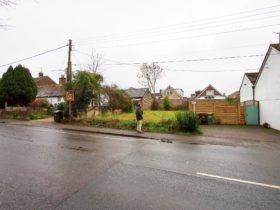


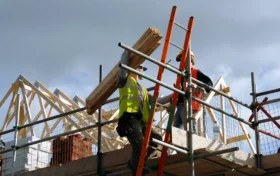























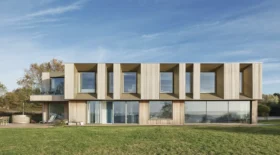































































 Login/register to save Article for later
Login/register to save Article for later




